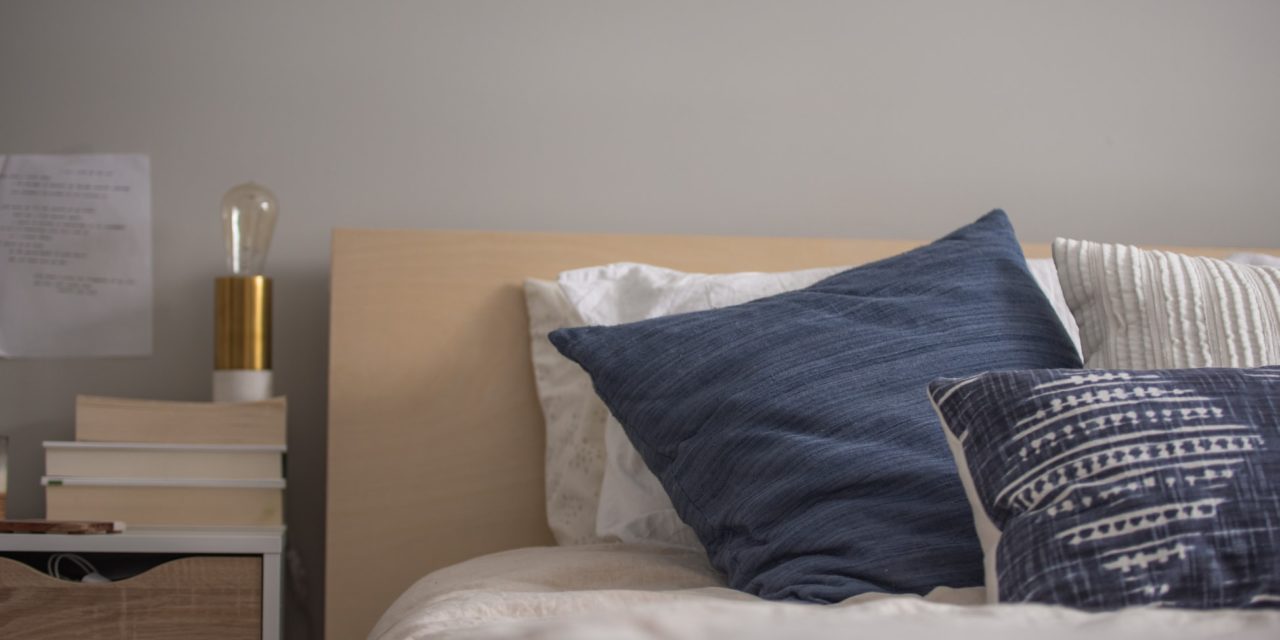[ad_1]
Berber carpets are expensive but with the natural weave, they complement any décor in your home. Because they are so expensive, it is best to try to do carpet repair than purchasing a new carpet. When this type of carpet was first made, it was done by the Berber tribes of Northwestern Africa and made of wool or camel hair. They were not used as carpets but as clothing to keep them warm at night. In today's market, some are still made with camel hair and wool but some are made with synthetic weaves and nylon. They have a loop pile construction made of tufts of fabric, which can make snags and stains inevitable.
Carpet repair
• Stains-to clean stains make a mixture of water and baking soda to make a paste and apply it to the stained area. Blot the stain with a clean cloth after a minute. You need to make sure that it of paste consistency because it if is too runny and it is poured on the stain it could cause it to spread further. This would only make a bad situation worse. If you have ink stains spritz it with hairspray and then blot with a clean cloth. For stubborn stains, you may have to call in a professional carpet cleaning service.
• Snags-to do carpet repair on snags the best thing to do is to gently pull out the snagged thread and using a pair of sharp scissors, snip it at the base. To help prevent it from unraveling more you can super glue the thread that was snagged to the base of the carpet. If the snag is larger, you have to carefully locate where the snag thread starts. Once you find it, take a knitting needle to gently pull the weave that is next to the snag that is unraveling. Gently pull the weave so that the snagged area is tight and then repeat the procedure on all the areas that adjoined the areas of the snag until you have the carpet repair is done.
• Larger holes-these will take more work. Because of the high price of the carpet, you could try to salvage it by doing carpet repair patching. Choose an area of the carpet in an inconspicuous place like under your couch. Cut a piece from there just big enough to fit over the large hole. Put this under the hole, making sure that the weaves match and clue it in place using strong glue that is transparent. Once the glue has dried, you can gently brush the carpet to remove any debris and dirt.
Carpet repair any snag as soon as you see them so it will not become bigger.
[ad_2]
Source by Lora Davis


